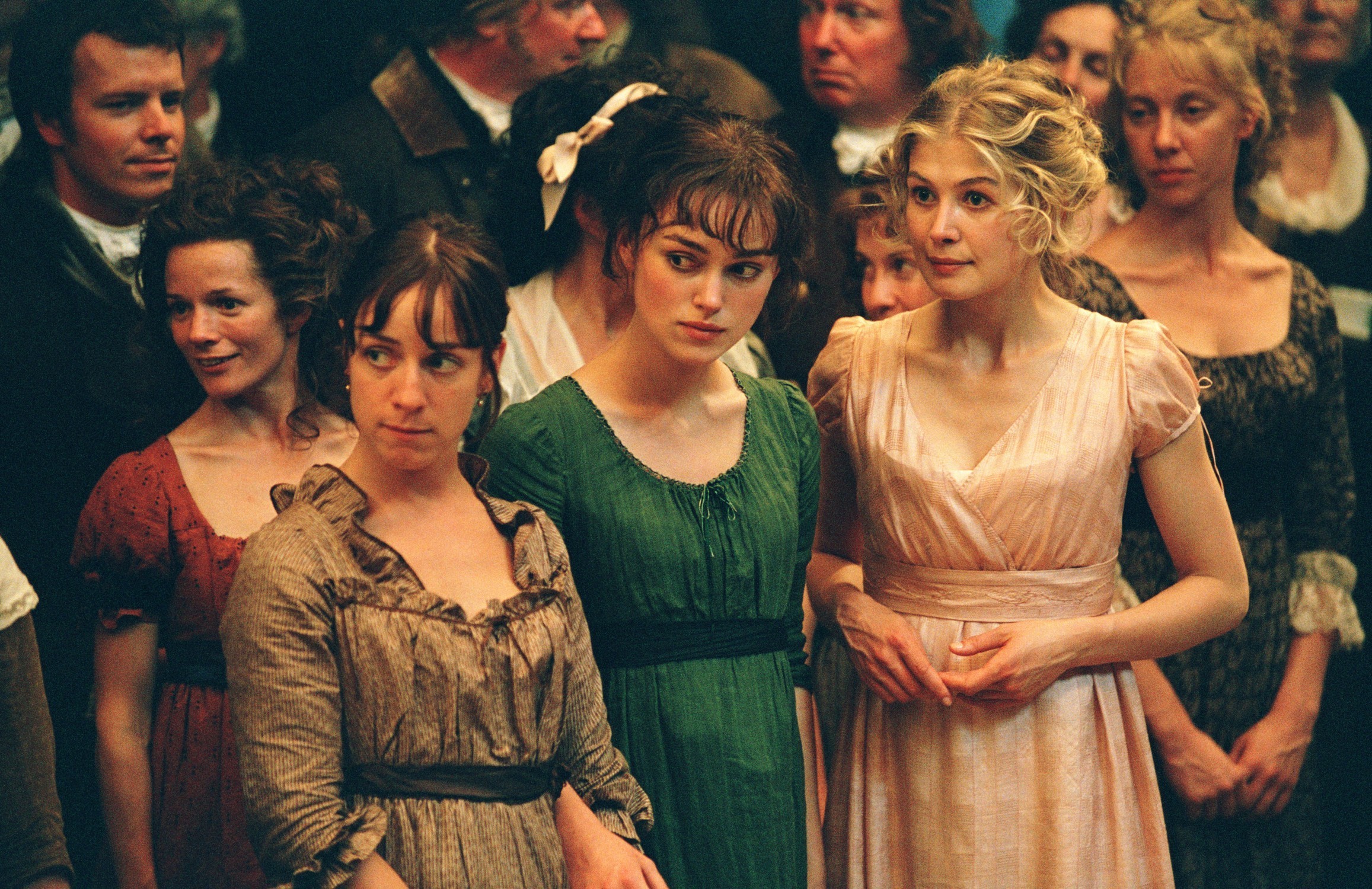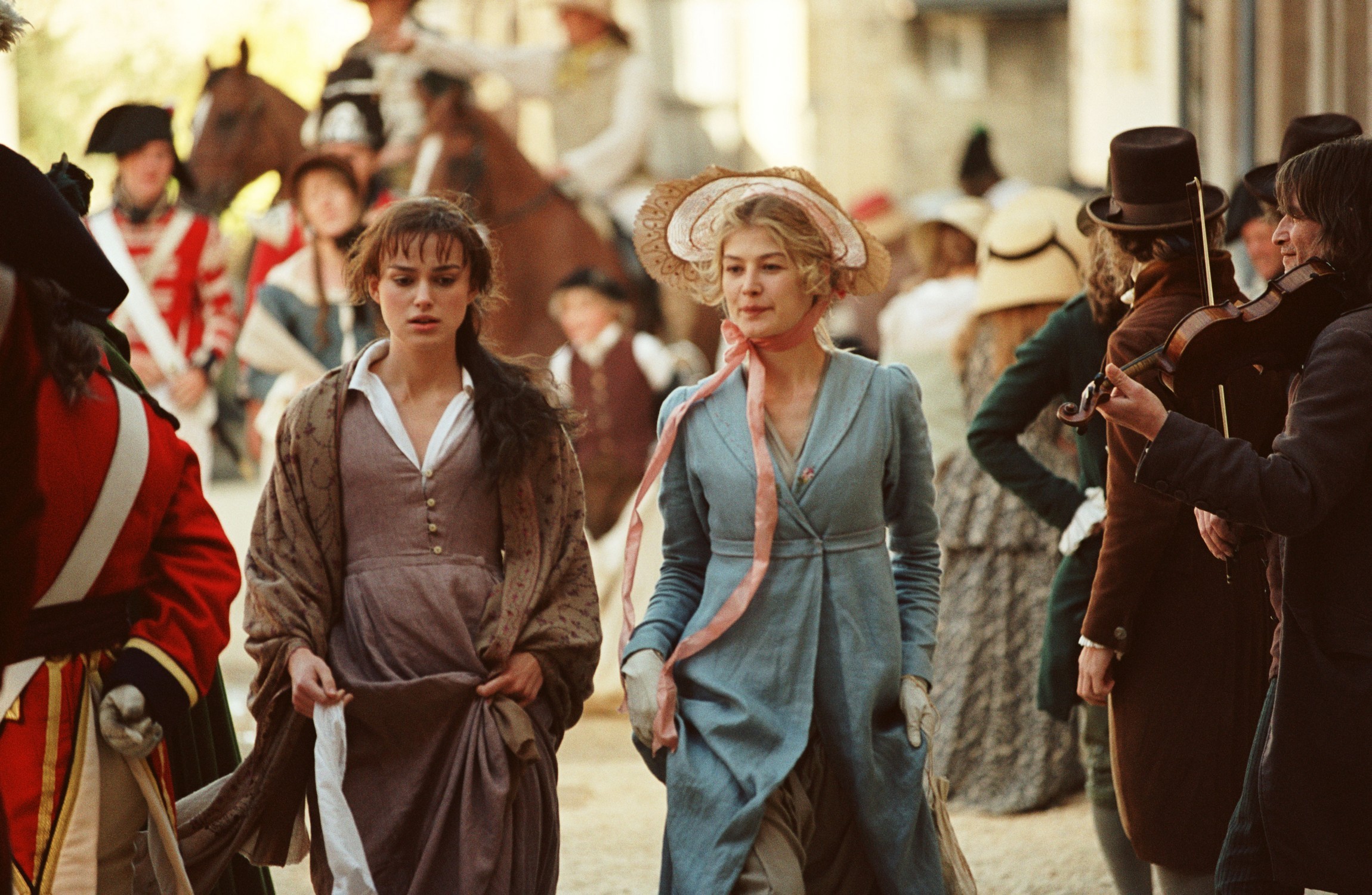It’s one of the most beloved classics of English literature. Jane Austen’s Pride and Prejudice has been adapted for stage, screen, and television countless times, but it’s the 2005 film directed by Joe Wright that remains an iconic take on the story. The movie stars Keira Knightley as Elizabeth Bennet and Matthew Macfadyen as the brooding Mr. Darcy. This adaptation struck a chord with audiences worldwide, making it an evergreen favorite. But what makes this version stand out from its many predecessors?
The 2005 film opens with the same central tension that defines the novel — the spirited Elizabeth Bennet’s complex relationship with the proud and reserved Mr. Darcy. However, Wright’s interpretation does more than just revisit the classic story. His cinematic choices, particularly the rich visual language and intimate approach to character relationships, breathe new life into the narrative.

A Character-Driven Story: Elizabeth and Darcy’s Complex Dynamics
Keira Knightley’s portrayal of Elizabeth Bennet is brimming with youthful energy, wit, and intelligence, which immediately sets her apart from the typical, genteel female characters of the time. We see Elizabeth as a woman ahead of her time, outspoken and unapologetically independent in a society that expects women to act otherwise.
Knightley’s Elizabeth is perfectly matched by Matthew Macfadyen’s Mr. Darcy. Unlike other portrayals of the character, Macfadyen’s Darcy feels more vulnerable, his pride hiding layers of emotion that reveal themselves as his feelings for Elizabeth deepen. This subtle yet powerful dynamic between the two leads adds an emotional layer to the movie that speaks to both their character flaws and their eventual growth.
The progression of their relationship isn’t just about love; it’s about personal transformation. Elizabeth, initially repelled by Darcy’s perceived arrogance, finds herself questioning her assumptions and prejudices. Darcy, in turn, faces his own internal struggle as he falls for a woman who defies everything he’s been taught to value in a partner. Their mutual evolution represents the movie’s central theme — the battle between pride and prejudice.
Cinematography: The Visual Beauty of Pride and Prejudice (2005)
One of the most captivating aspects of Joe Wright’s Pride and Prejudice is its cinematography. The movie’s visuals elevate the romantic narrative, with breathtaking shots of the English countryside serving as a backdrop to Elizabeth and Darcy’s developing relationship. The film’s emphasis on wide, sweeping landscapes creates a sense of isolation and longing, while intimate close-ups reveal the characters’ inner worlds.
The film’s renowned opening sequence, which is set in the sweeping beauty of the English countryside, is just the beginning of Wright’s visual brilliance. His use of light, shadows, and vibrant color schemes mirror the emotional states of the characters. For instance, the opulence of Pemberley, Mr. Darcy’s estate, serves as a visual metaphor for his character: outwardly grand yet emotionally reserved.
The choice of using natural light, especially in scenes where Elizabeth and Darcy have pivotal conversations, contributes to the realism of their connection. These cinematic moments aren’t just pretty to look at—they serve to intensify the rawness of the characters’ emotions, making them feel more palpable and real.
The Supporting Cast: Strengthening the Story
While Knightley and Macfadyen are undoubtedly the center of the film, Pride and Prejudice benefits from an ensemble cast that brings nuance to the story’s wide array of characters. Donald Sutherland as Mr. Bennet and Rosamund Pike as Jane Bennet give standout performances, adding depth to their roles.
Judi Dench’s portrayal of Lady Catherine de Bourgh is another highlight, bringing an air of authority and spiteful humor to the film’s antagonist. Her interactions with Elizabeth show the contrast between Darcy’s repressed pride and Elizabeth’s free-spirited individuality.
The chemistry between the supporting cast and the leads also adds a layer of complexity to the narrative. The relationships between the Bennet sisters, their parents, and the various suitors create a fully fleshed-out world, which helps the viewer understand why Elizabeth’s decisions about love are so difficult. In particular, the contrasting relationship between Elizabeth and her younger sisters, Lydia (played by Jena Malone) and Kitty (played by Carey Mulligan), serves as a reminder of the different paths women can take in a society where marriage and reputation are paramount.
The Music: A Score That Speaks to the Heart
The film’s musical score, composed by Dario Marianelli, is another key aspect that elevates the emotional intensity of Pride and Prejudice. The music doesn’t simply serve as background noise; it is a character in itself, underscoring the emotional arcs of Elizabeth and Darcy.
The memorable piano-driven score — especially the themes that accompany the iconic scenes of the film, such as Elizabeth’s walk through the countryside or the famous dance scene — taps into the emotional undercurrents of the story. The music captures the complexity of the characters’ feelings, transforming the viewer’s connection to the film into something visceral. It’s no surprise that the film’s soundtrack received widespread acclaim, further cementing its place as an unforgettable adaptation.

The Themes: Pride, Prejudice, and Personal Growth
Pride and Prejudice (2005) is, at its core, a film about personal transformation. While the film stays true to the essence of Austen’s novel, it also deepens the themes of pride and prejudice, offering a contemporary sensibility in its portrayal of character growth.
The story’s enduring relevance lies in its exploration of self-awareness. Elizabeth’s journey of self-reflection—questioning her judgments and biases—is a universal one. Darcy’s personal evolution is similarly profound. His ability to set aside his pride and recognize his feelings for Elizabeth challenges the societal norms of his time, making his eventual confession of love one of cinema’s most emotionally charged moments.
This personal growth becomes even more powerful as both characters realize that love isn’t just about the right person; it’s about personal openness and transformation. It’s about setting aside one’s assumptions and expectations to truly understand someone else.
The Cultural Impact of Pride and Prejudice (2005)
Since its release, Pride and Prejudice has continued to be a cultural touchstone, inspiring discussions, fan creations, and even parody. It’s a film that has transcended its literary origins to become a part of popular culture, largely due to its timeless appeal and the universal themes it tackles.
The movie’s success is also reflected in its accolades. It received four Academy Award nominations, including Best Achievement in Costume Design, and has remained a favorite among audiences who enjoy period dramas and classic romances. Its portrayal of love as transformative and not just idealistic resonated deeply with viewers, making it an enduring favorite for many.
Why Pride and Prejudice (2005) Remains a Classic
The 2005 adaptation of Pride and Prejudice remains one of the definitive portrayals of Jane Austen’s classic novel. While many adaptations have tried to bring the story to the screen, Joe Wright’s version stands out for its emotional depth, stunning visuals, and stellar performances from its lead actors. It brings the 19th-century world of Elizabeth Bennet and Mr. Darcy into the modern consciousness in a way that resonates with contemporary audiences.
Whether it’s the chemistry between the leads, the striking cinematography, or the breathtaking score, the 2005 adaptation of Pride and Prejudice continues to hold a special place in the hearts of film lovers and Austen fans alike. In this rendition, Austen’s timeless message of love, growth, and overcoming prejudice feels as relevant and powerful as ever.
The 2005 adaptation of Pride and Prejudice isn’t just a beautiful period drama; it is a powerful exploration of love, self-discovery, and the transformative power of overcoming one’s pride and prejudices. Thanks to stunning performances, breathtaking cinematography, and a deeply emotional score, this version of Pride and Prejudice stands as a definitive classic in its own right, inviting new generations of fans to fall in love with Elizabeth and Darcy all over again.